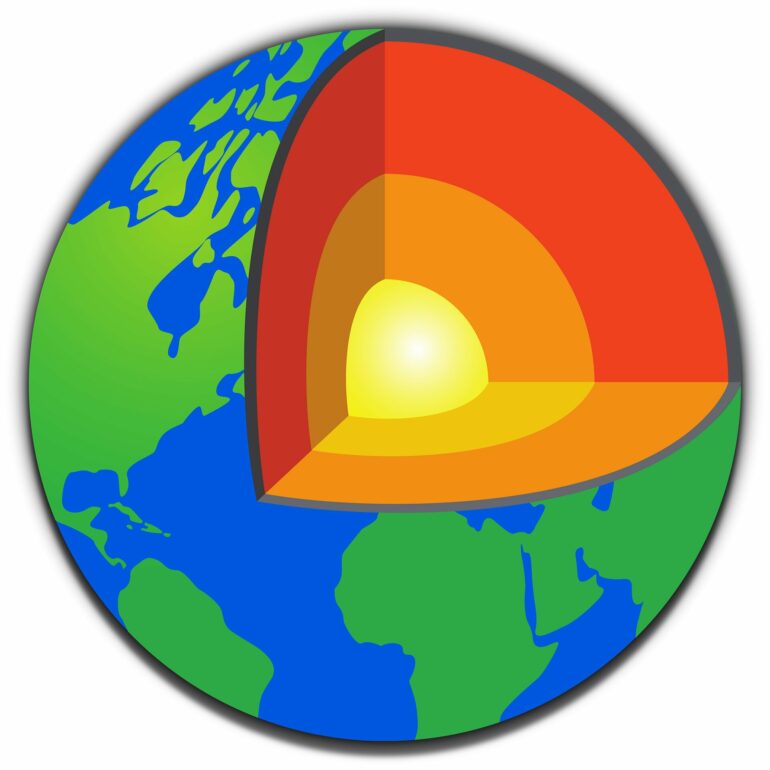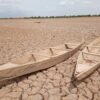In a study published in the journal Nature Communications, Andrea Mundl-Petermeier and Sebastian Viehmann of the Department of Lithospheric Research at the University of Vienna have demonstrated that a new geochemical archive—182Tungsten in banded iron formations—can be used to simultaneously trace the evolution of both the Earth’s mantle and continents throughout Earth’s history. This offers new opportunities to better understand the Precambrian Earth in the future.
In order to investigate how the Earth’s mantle developed in the early Earth period, the short-lived 182Hafnium-182Tungsten isotope system has been in the focus before: 182Tungsten indicates, among other things, how much the Earth was exposed to intense meteorite impacts towards the end of its formation and how quickly Earth’s mantle mixed and homogenized with these meteoritic components throughout Earth’s history.
However, until now, magmatic rocks from different, but very limited relicts of ancient continents—for example, Australia or South Africa—had to be studied for these isotopes. Andrea Mundl-Petermeier and Sebastian Viehmann from the Department of Lithospheric Research at the University of Vienna and colleagues at the University of Cologne and Jacobs University Bremen, have discovered a new geochemical archive and published it in the journal Nature Communications: tungsten isotope signatures in banded iron formations (BIFs), which predominantly formed in the Precambrian, i.e., between 3.8 billion and about 540 million years ago.
Evolution of the Earth’s mantle and the continents
Using the 2.7 billion-year-old iron formation from the Temagami greenstone belt in Canada, the team was able to reconstruct how iron- and silica-rich layers deposited from seawater can simultaneously record the evolution of the Earth’s mantle and crust. With state-of-the-art instruments from the GeoCosmoChronology group and the new Geoscience Solid State Mass Spectrometry (GeoIsotopes) Core Facility at the Department of Lithospheric Research, the research team obtained high-precision isotope measurements of individual bright quarz and dark iron layers.
“With the help of high-precision measurement methods, we were able to resolve small but distinct differences in 182W of individual layers,” says Andrea Mundl-Petermeier from the Department of Lithospheric Research. The new approach now tackles the long-standing questions regarding mantle and crust evolution from a seawater perspective: banded iron ores are formed by chemical deposition from the ocean. “The BIFs studied from the Temagami area thus directly represent seawater chemistry 2.7 billion years ago,” explains geologist Sebastian Viehmann, “we are looking at the Earth at that time from the perspective of the ocean.”
More information:
A. Mundl-Petermeier et al, Earth’s geodynamic evolution constrained by 182W in Archean seawater, Nature Communications (2022). DOI: 10.1038/s41467-022-30423-3
Provided by
University of Vienna
Citation:
Tungsten isotopes in seawater provide insights into the co-evolution of Earth’s mantle and continents (2022, May 17)



